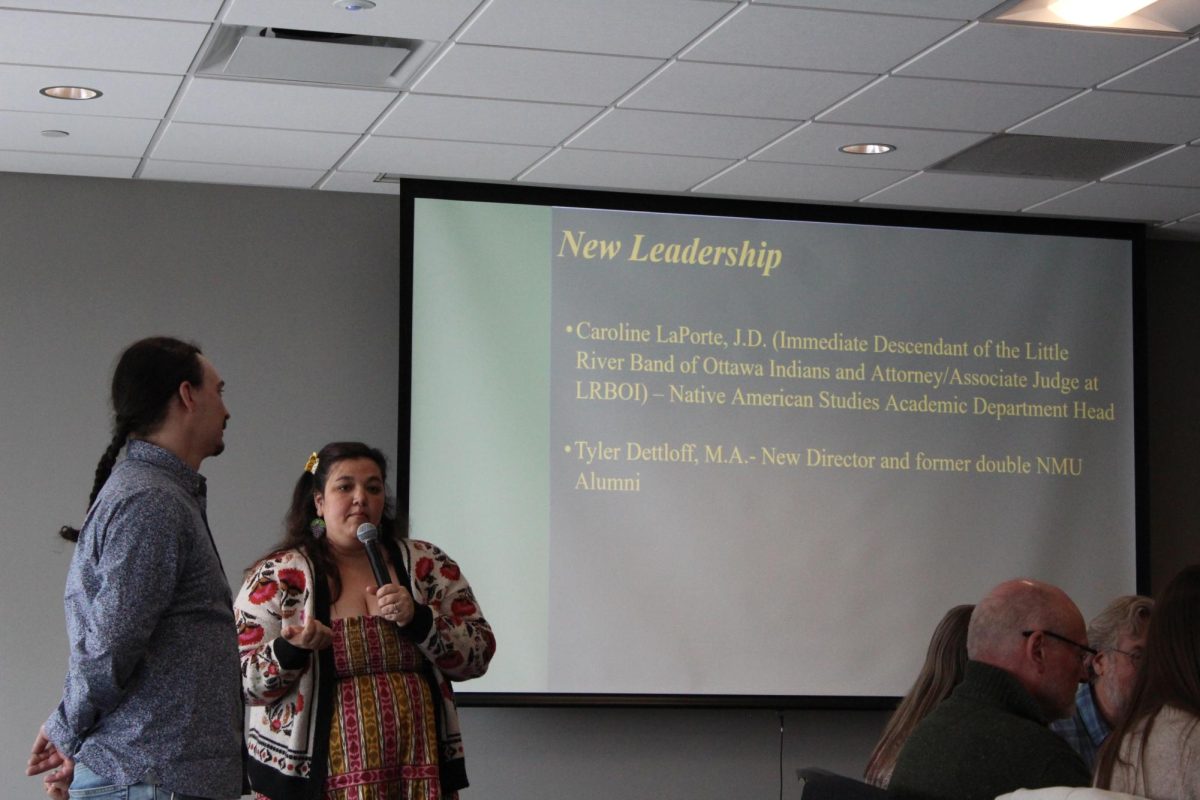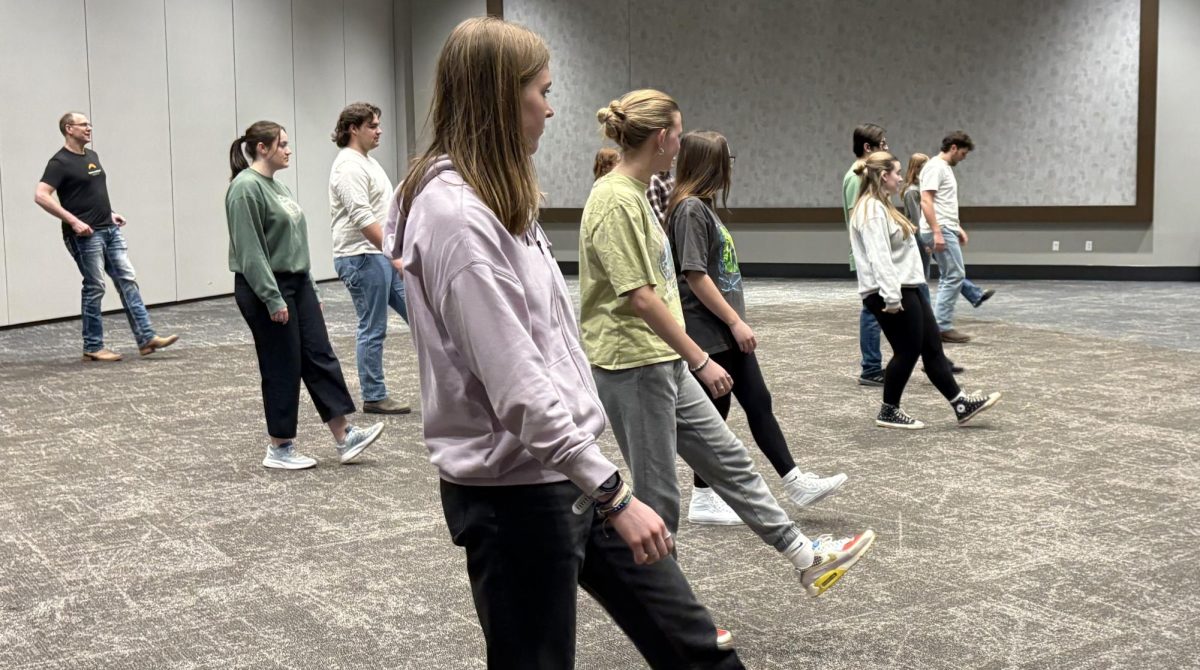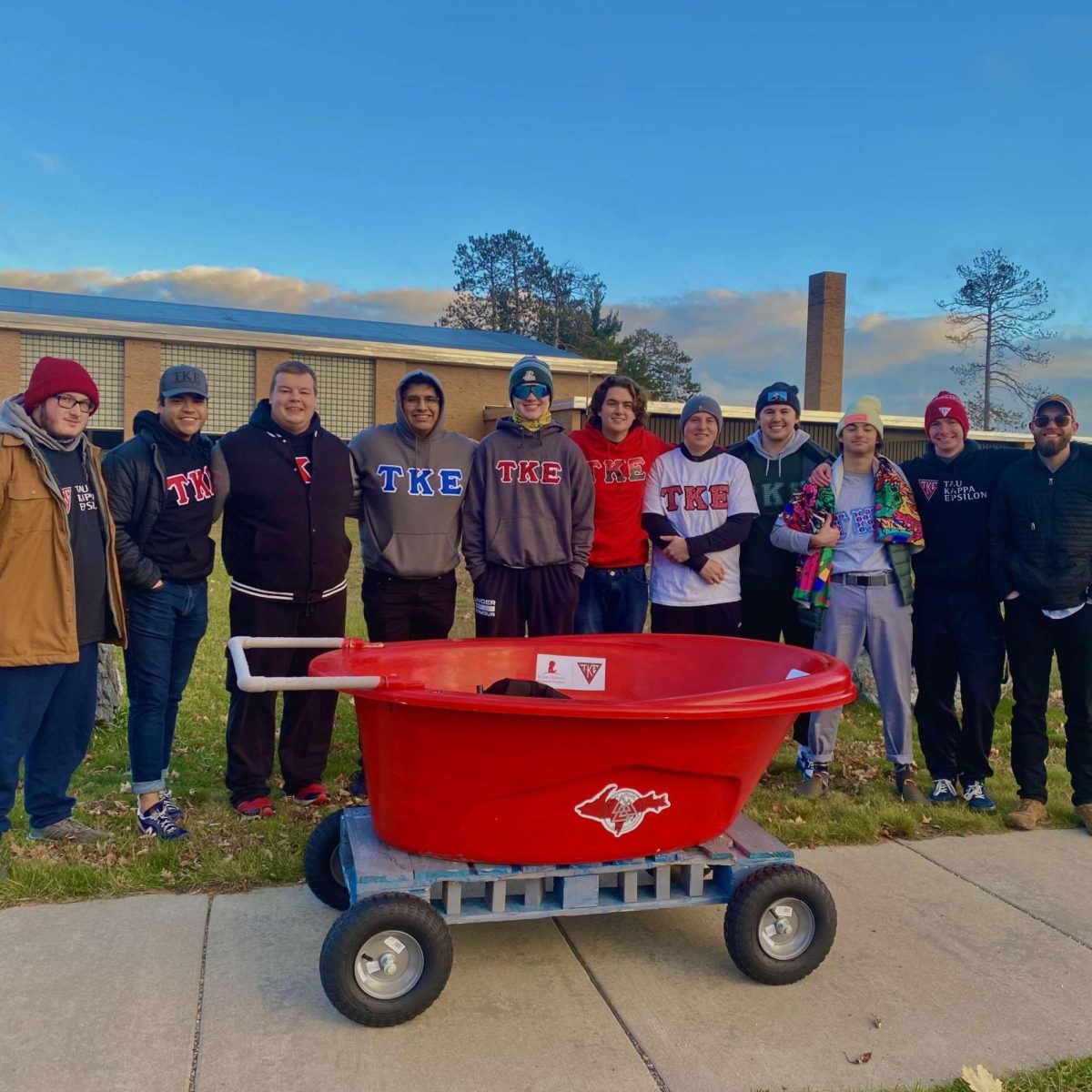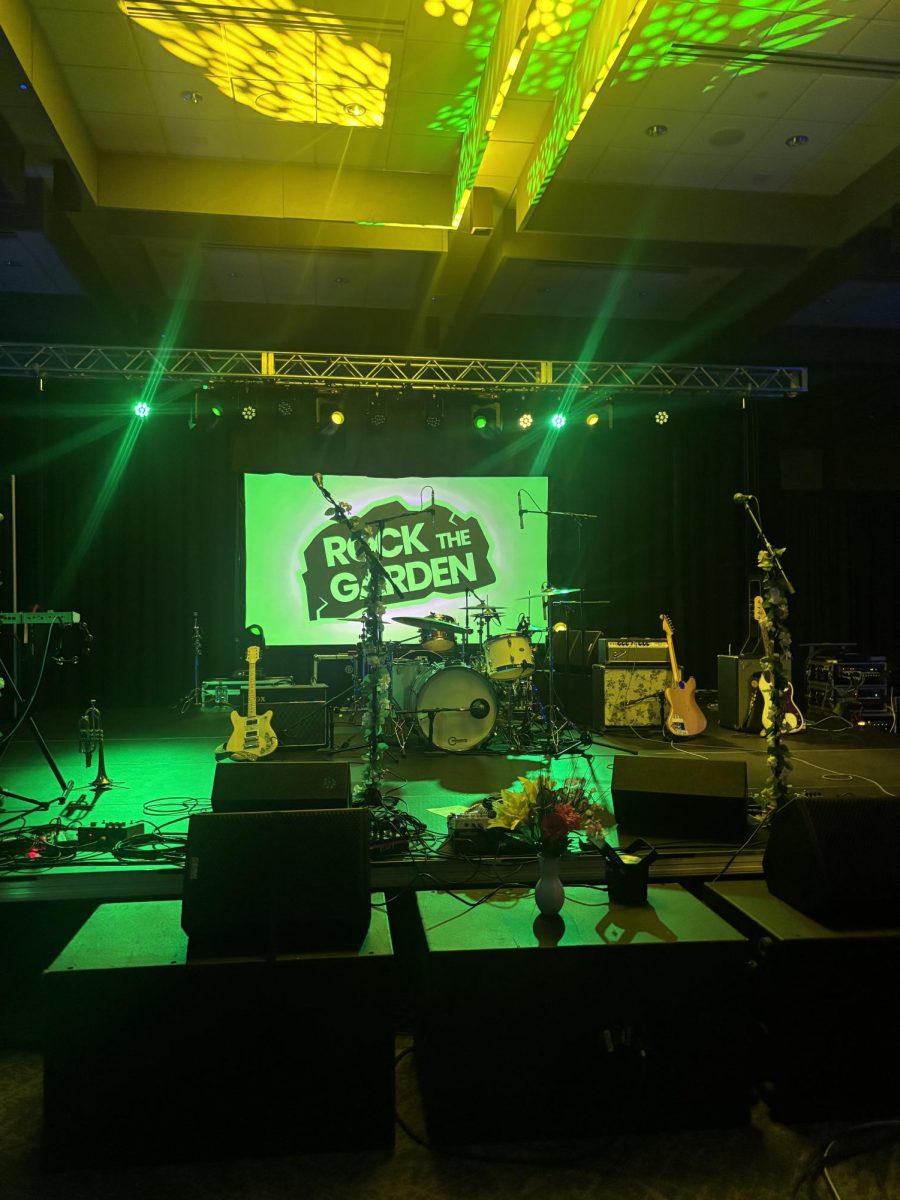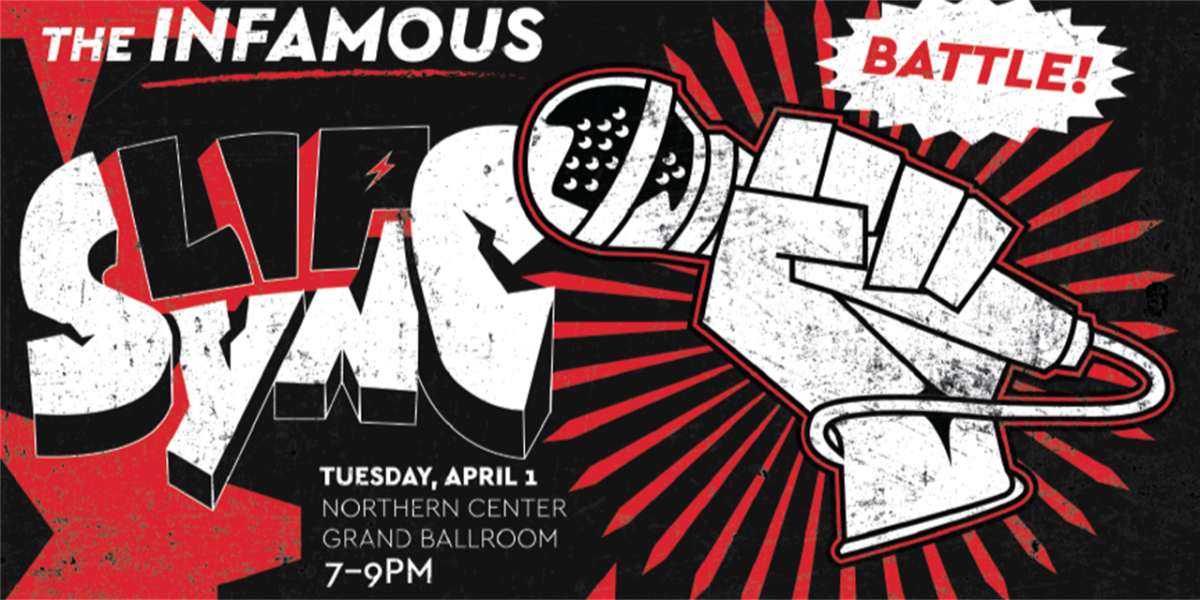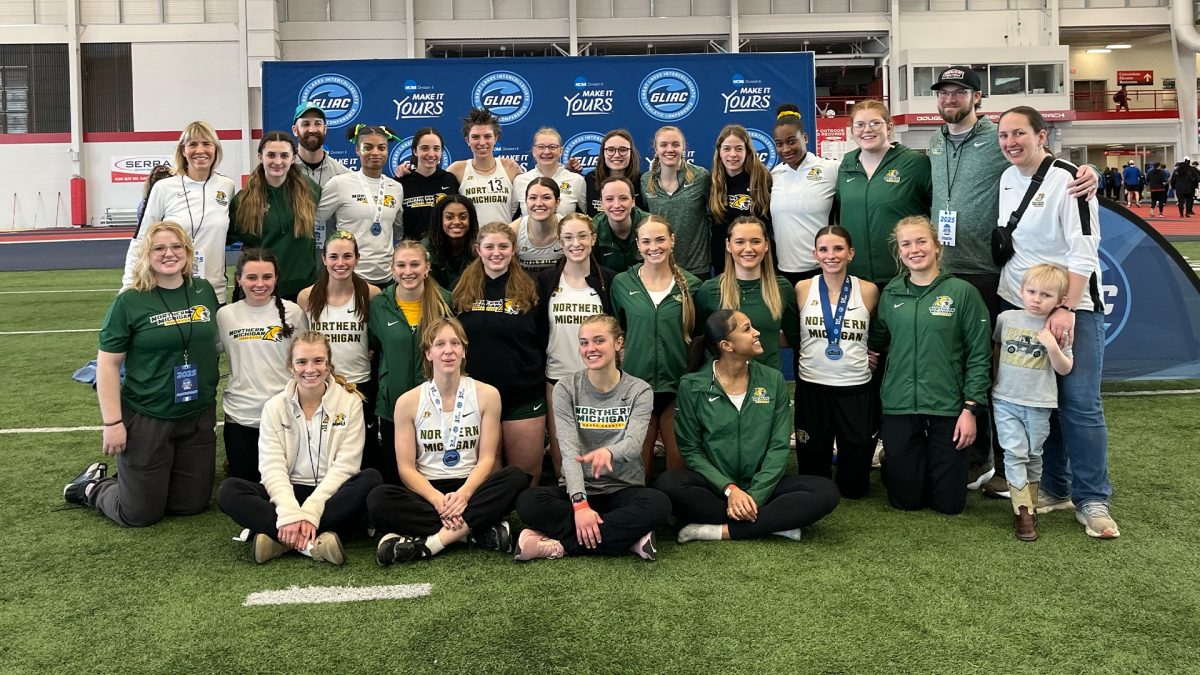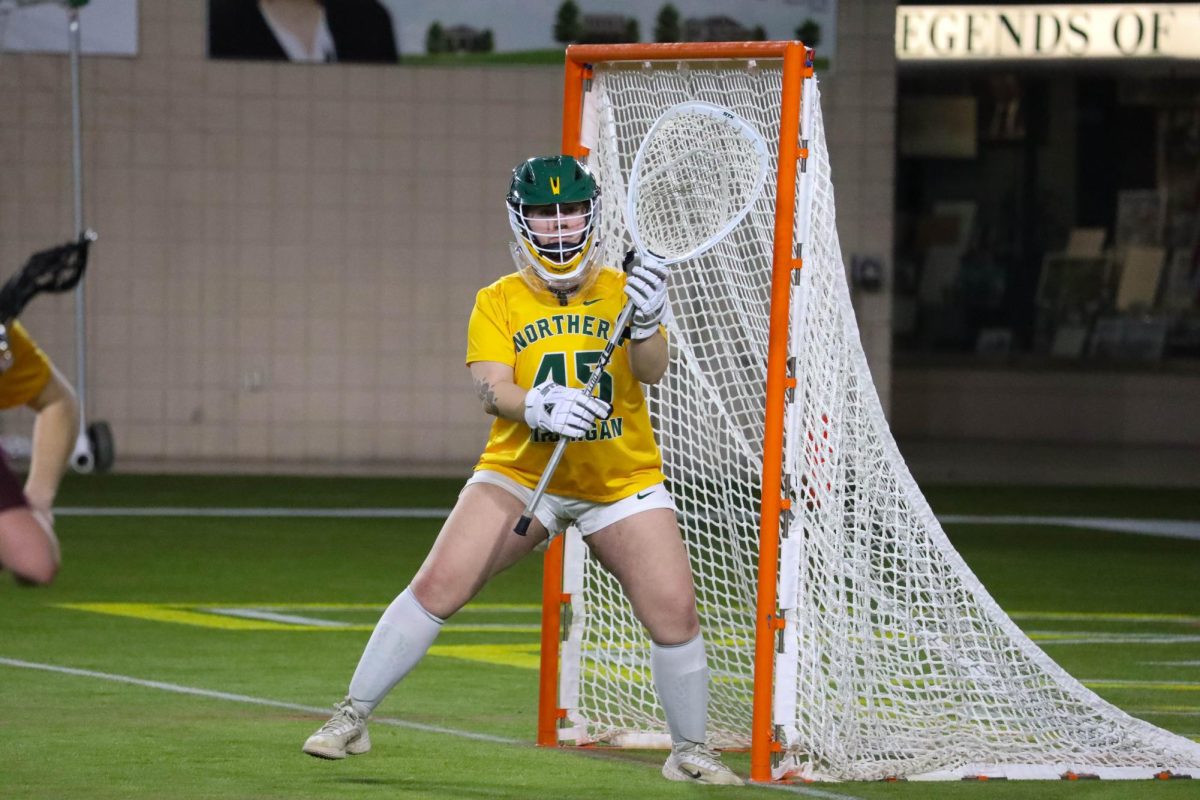During the summer, I attempted to escape from the constant catastrophes and tragedies in each day’s 24-hour news cycle by burrowing into some linguistics books. Unfortunately, I was unable to get away from things that disturbed me, even in the dry and disconnected world of academia, because I read a prediction that I found immensely disturbing.
According to Michael Krauss of the University of Alaska, Fairbanks, in his paper “The world’s languages in crisis,” “at the rate things are going-the coming century will see either the death or the doom of 90% of mankind’s languages.”
As if the COVID apocalypse was not enough, now I was presented with the probability that most of humanity’s lush and diverse modes of expression were likely going to perish during the course of my own lifetime, overtaken by lingua francas of commerce such as English, Mandarin, Arabic, etc. I love English—it’s my mother tongue and I can express nearly my every thought in its complexity, but to have it be one of the only few living languages in the whole world? NO.
All of humanity’s beautiful language creations are the vehicles for great literature, for human understanding of one another. Their structure fascinates, as well as the ways they move and change, varying from here to there. To lose that? It would be losing bigger-than-us souls.
But the majority of people may not be at all concerned about the death of most of the world’s languages. And, why should they care?
First of all, from an academic standpoint, this would represent an almost inconceivable loss of human knowledge, which would result in a much smaller pool of linguistic variation to study. From a human perspective, such a loss of the world’s diverse languages would be a tragedy. Each language possesses its own unique richness and soulfulness that can’t be regained once it ceases to be spoken. Because language is so deeply connected to cultural identities, in some communities, this could be a devastating blow to peoples already struggling to maintain and transmit their culture. There are parallels here to the same processes that are destroying most traditional ways of life and social/ecological diversity and replacing them with monoculture farms and homogenized, profit-driven societies.
Krauss went on to ask, “What are we linguists doing to prepare for this or to prevent this catastrophic destruction of the linguistic world?”
Associate Professor of Linguistics at the University of California at Berkely John McWhorter predicts in his book “The Power of Babel,” that “many [languages] will likely survive only as living ‘taught’ languages,” that is, languages that are not learned from birth by anyone.
Teaching languages, he postulated, may be their only hope of survival. Languages may become simply carriers of cultural identity. People in the area where they were once living languages might speak them to differing degrees of fluency. The responsibility for preserving these native languages, in his best-case scenario, goes to institutions of education.
McWhorter cites the “relatively successful languages revivals of Irish, Breton, Maori, Welsh, and Hawaiian” in which “large numbers of children are learning the languages in school, the media have joined the effort, and there are increasing amounts of printed materials available in the languages.”
I visited Scotland the summer after I graduated high school. The Scots Gaelic that was indigenously spoken in the area is a point of pride for many there, but English is spoken daily, on the news, at the store, at home. Gaelic is on the street signs along with English, Gaelic grammar books are available for purchase, but the language is in a sad state. Fortunately, the residents of Scotland are somewhat motivated (and aware) of the sad state. And cultural/political factors lead them to embrace what Gaelic represents to them—a piece of cultural identity separate from the United Kingdom.
This got me thinking. McWhorter insists that the best hope for preserving language diversity is teaching languages in the area where they are historically spoken. But most people are unaware of the native languages that were originally spoken in their area. I certainly was until I discovered a year or so ago that NMU, though not renowned for a vibrant and well-funded language department, has the hidden gem of Anishinaabemowin classes as a part of the Native American Studies program. Anishinaabemowin is the language of the native peoples where we study, the common tongue of three groups of people who inhabit the great lakes area.
Assistant Professor for the Center for Native American Studies Jud Sojourn informed me that Anishinaabemowin is still a daily spoken language, but generally only “pretty far back in the woods” and mostly in areas in Canada. This means that Anishinaabemowin is still a living language, but is gravely endangered.
So we have a piece of the urgent worldwide solution to the language mass extinction problem right here, at little old NMU. Why isn’t this a big huge point of pride for the university? Why does the program struggle and fight for funding? Why don’t lots of people even know about it? It is disregarded as irrelevant to profit.
Sojourn informed me that Anishinaabemowin is taught “sporadically” in different institutions in Michigan.
“It’s never well-funded,” Sojourn said.
Anishinaabemowin classes at NMU generally garner as many as 30 students or as few as 8 depending on the year, Sojourn said. The program has had to get used to being relatively unknown, the name of the language not talked about.
In many places of learning, the institution itself has not provided enough support, so the tribes have decided to fund the classes, “whether or not the universities do it,” Sojourn said.
NMU’s classes are funded in part by a grant from the Nottawaseppi Huron Band of Potawatomi.
NMU’s Anishinaabemowin language classes are something the university should be extremely proud of—something we should be shouting from the rooftops.
The university should be funding this gem like the valuable asset that it is, in full realization of the cultural importance of language preservation and the necessity of maintaining it as part of human knowledge. This needs to be a pride of NMU, an example that other universities should follow with their local languages, shucking the misunderstanding that it’s not valuable to their institution just because it isn’t more profitable than sports, business, or stem courses.
http://www.angelfire.com/wa/chippewalanguagebook/index.win.html
https://sustainableunh.unh.edu/sites/sustainableunh.unh.edu/files/images/Krauss(1992).pdf



